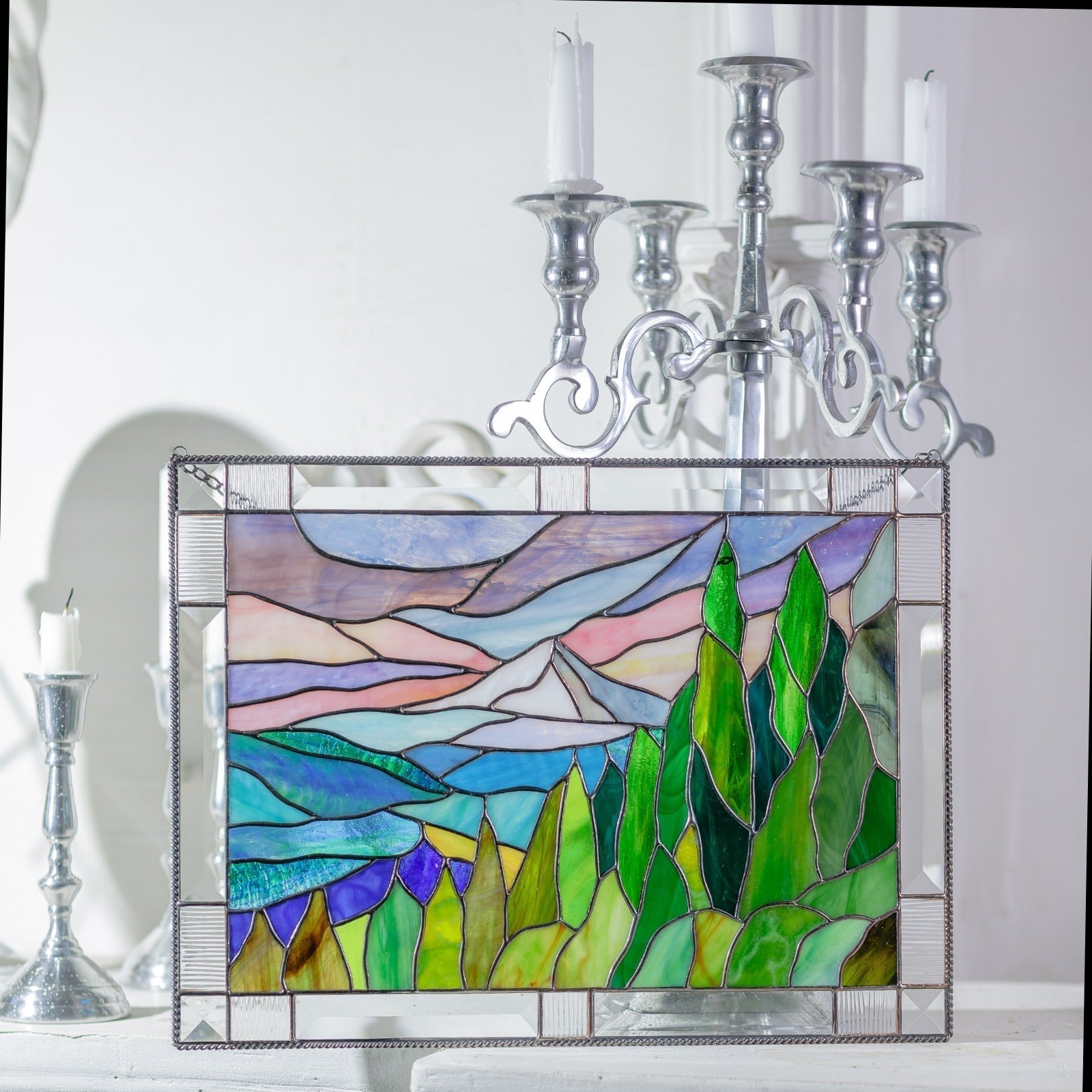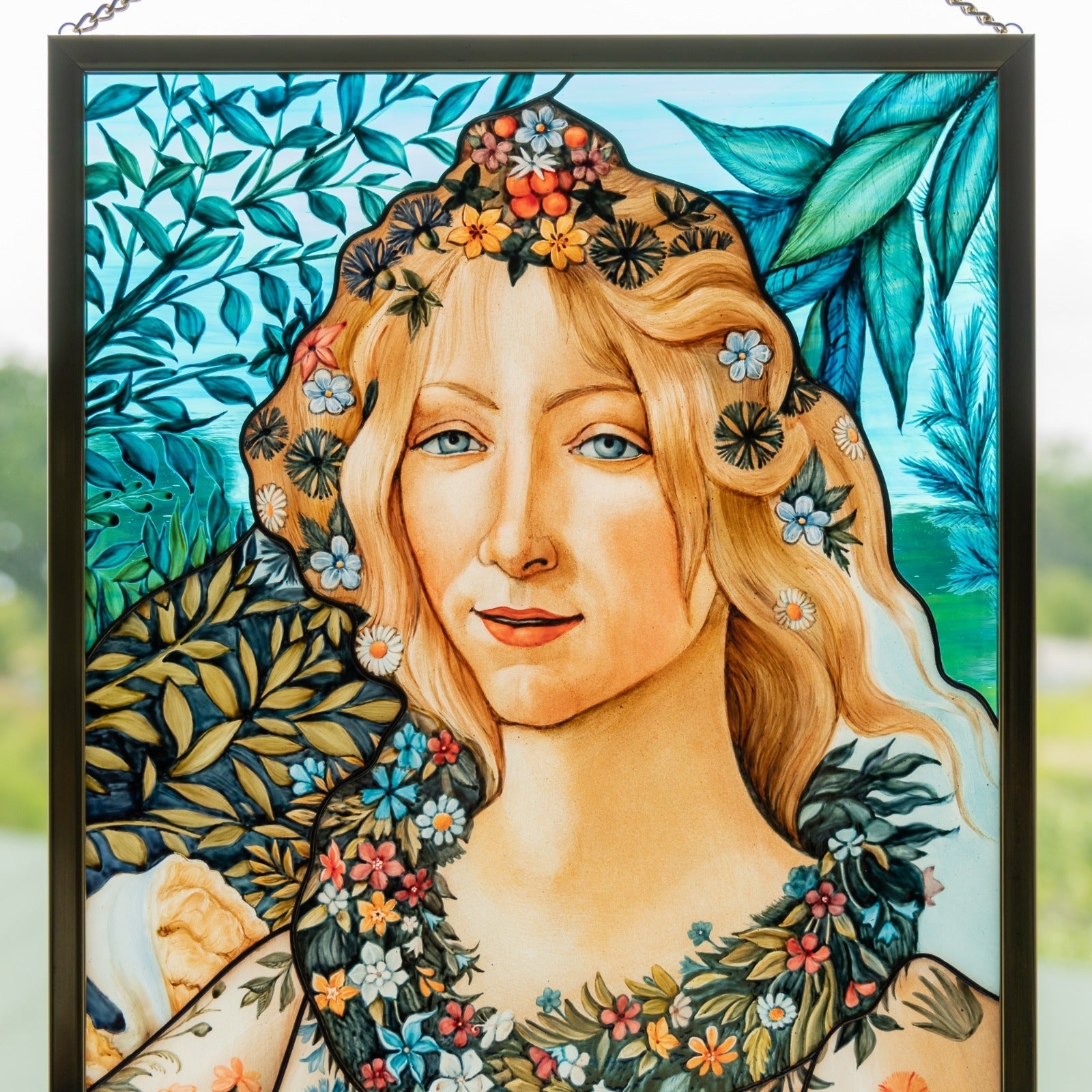Stained Glass Styles Through the Ages: Art Nouveau, Modernism & More
Chances are right now your brain is painting the images of magnificent Notre-Dame de Paris, Gothic art stained glass windows, and stained glass suncatchers popular today. This gorgeous mosaic art has been around for ages, but what do we know about it? Stay with us to explore the brief history of décor used to create pictures and tell unique stories.
The Very, Very Beginning
Ancient Egyptians and Romans were the first to start the timeline of colored window art. The reps of both great civilizations created small objects using colored glass. Plus, the earliest examples of it found in Britain are traced back to the seventh century. Historians succeeded in finding early churches and monasteries decorated with these wonderful ornaments.
Iconic Time in Handmade Stained Glass Art
If there’s an icon in the world of window mosaics, it’s 100% Gothic art stained glass during the 12th-16th centuries. It’s the Lady of Paris (translation of “Notre-Dame”) and Chartres Cathedral that are the most grandiose examples of Gothic stained glass art. Beautified with biblical saints, narratives, and beautiful ornate tracery, they still fascinate the viewer with special meaningfulness and the stained glass art Gothic era is famous for. Talented virtuosos brought all those divine stories to life with the help of jewel-toned hues and several layers of painted details. C'est magnifique!
More Drama During Renaissance and Baroque Epochs
In contrast to angels and saints that were typical for stained glass Gothic art, Renaissance pieces had realistic proportions. The latter demonstrated people’s fascination with classy beauty and humanism. The history of stained glass in the Baroque era reflected dramatic light and shadow, with craftsmen using this piece as framed artwork rather than an architectural element. Both depth and emotion were the central effects of the vibrant décor.
The Romantic Return in Victorian Times
Inspired by Gothic art stained glass, people rediscovered their passion for medieval masterpieces in the 19th century. Public buildings, churches, and even homes – every detail proved that stained glass Gothic art flourished once again in Victorian reality. As for the famous names, it was designer Augustus Pugin who focused on ensuring historical accuracy and religious symbolism in public, religious, and domestic interiors.
20th Century Art Nouveau

The movement popped up with an organic elegance at the heart of it. Designers Hector Guimard in France and Louis Comfort Tiffany in the New World did their best to turn nature into handmade chef-d'oeuvres. Do you know the iconic entrances to the Paris Métro? Guimard’s work, the Métropolitain signs (ah, those swirling forms!), is still mesmerizing tourists from all over the globe. The Art Nouveau stained glass panels featuring flowers, dragonflies, and vines were the key designs of the nature-focused era.
Abstraction and Innovation in Modern Style

Eventually, details like Art Nouveau stained glass door panels fell out of favor, and modernism came into the scene. Architect and city planner Le Corbusier and sculptor Fernand Léger bravely experimented with various things, from abstract shapes and hues to minimal lead lines. They were the first to break away from tradition entirely and make colored mosaics part of modern architecture. The result? Emotional depth was shining through simplicity and light. Voilà!
If you think you’re ready for a Notre Dame-sized mosaic window in your home, you’re welcome to browse design tips and tricks in our stained glass blog. Find your next favorite décor in our vast online collection to make guests go wow!





